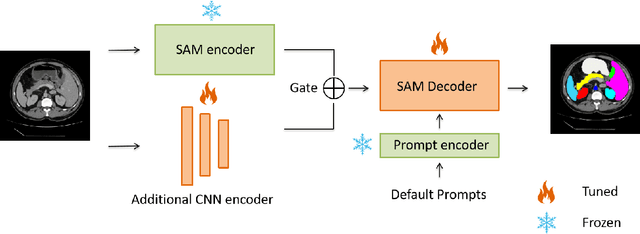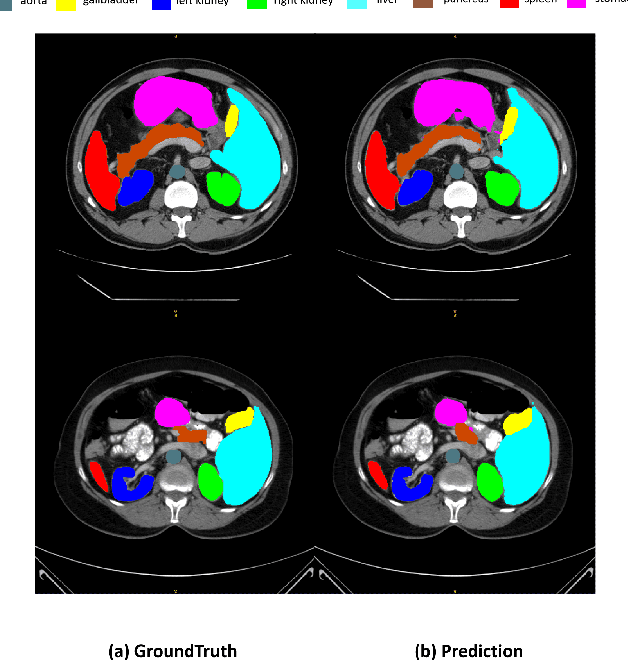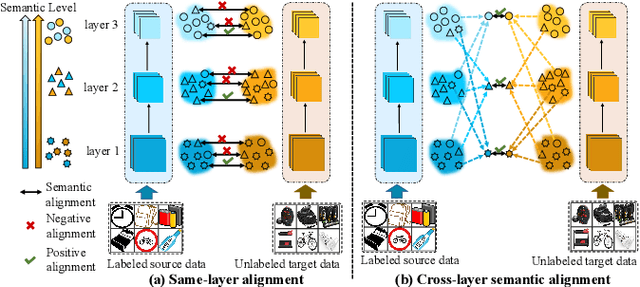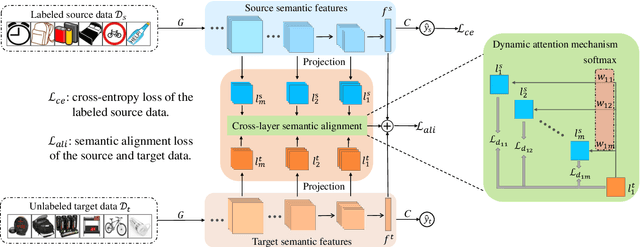Yen-wei Chen
Accurate Tracking of Arabidopsis Root Cortex Cell Nuclei in 3D Time-Lapse Microscopy Images Based on Genetic Algorithm
Apr 17, 2025Abstract:Arabidopsis is a widely used model plant to gain basic knowledge on plant physiology and development. Live imaging is an important technique to visualize and quantify elemental processes in plant development. To uncover novel theories underlying plant growth and cell division, accurate cell tracking on live imaging is of utmost importance. The commonly used cell tracking software, TrackMate, adopts tracking-by-detection fashion, which applies Laplacian of Gaussian (LoG) for blob detection, and Linear Assignment Problem (LAP) tracker for tracking. However, they do not perform sufficiently when cells are densely arranged. To alleviate the problems mentioned above, we propose an accurate tracking method based on Genetic algorithm (GA) using knowledge of Arabidopsis root cellular patterns and spatial relationship among volumes. Our method can be described as a coarse-to-fine method, in which we first conducted relatively easy line-level tracking of cell nuclei, then performed complicated nuclear tracking based on known linear arrangement of cell files and their spatial relationship between nuclei. Our method has been evaluated on a long-time live imaging dataset of Arabidopsis root tips, and with minor manual rectification, it accurately tracks nuclei. To the best of our knowledge, this research represents the first successful attempt to address a long-standing problem in the field of time-lapse microscopy in the root meristem by proposing an accurate tracking method for Arabidopsis root nuclei.
Enhancing Depression Detection with Chain-of-Thought Prompting: From Emotion to Reasoning Using Large Language Models
Feb 09, 2025Abstract:Depression is one of the leading causes of disability worldwide, posing a severe burden on individuals, healthcare systems, and society at large. Recent advancements in Large Language Models (LLMs) have shown promise in addressing mental health challenges, including the detection of depression through text-based analysis. However, current LLM-based methods often struggle with nuanced symptom identification and lack a transparent, step-by-step reasoning process, making it difficult to accurately classify and explain mental health conditions. To address these challenges, we propose a Chain-of-Thought Prompting approach that enhances both the performance and interpretability of LLM-based depression detection. Our method breaks down the detection process into four stages: (1) sentiment analysis, (2) binary depression classification, (3) identification of underlying causes, and (4) assessment of severity. By guiding the model through these structured reasoning steps, we improve interpretability and reduce the risk of overlooking subtle clinical indicators. We validate our method on the E-DAIC dataset, where we test multiple state-of-the-art large language models. Experimental results indicate that our Chain-of-Thought Prompting technique yields superior performance in both classification accuracy and the granularity of diagnostic insights, compared to baseline approaches.
A Survey on Domain Generalization for Medical Image Analysis
Feb 13, 2024Abstract:Medical Image Analysis (MedIA) has emerged as a crucial tool in computer-aided diagnosis systems, particularly with the advancement of deep learning (DL) in recent years. However, well-trained deep models often experience significant performance degradation when deployed in different medical sites, modalities, and sequences, known as a domain shift issue. In light of this, Domain Generalization (DG) for MedIA aims to address the domain shift challenge by generalizing effectively and performing robustly across unknown data distributions. This paper presents the a comprehensive review of substantial developments in this area. First, we provide a formal definition of domain shift and domain generalization in medical field, and discuss several related settings. Subsequently, we summarize the recent methods from three viewpoints: data manipulation level, feature representation level, and model training level, and present some algorithms in detail for each viewpoints. Furthermore, we introduce the commonly used datasets. Finally, we summarize existing literature and present some potential research topics for the future. For this survey, we also created a GitHub project by collecting the supporting resources, at the link: https://github.com/Ziwei-Niu/DG_for_MedIA
Ladder Fine-tuning approach for SAM integrating complementary network
Jun 22, 2023



Abstract:Recently, foundation models have been introduced demonstrating various tasks in the field of computer vision. These models such as Segment Anything Model (SAM) are generalized models trained using huge datasets. Currently, ongoing research focuses on exploring the effective utilization of these generalized models for specific domains, such as medical imaging. However, in medical imaging, the lack of training samples due to privacy concerns and other factors presents a major challenge for applying these generalized models to medical image segmentation task. To address this issue, the effective fine tuning of these models is crucial to ensure their optimal utilization. In this study, we propose to combine a complementary Convolutional Neural Network (CNN) along with the standard SAM network for medical image segmentation. To reduce the burden of fine tuning large foundation model and implement cost-efficient trainnig scheme, we focus only on fine-tuning the additional CNN network and SAM decoder part. This strategy significantly reduces trainnig time and achieves competitive results on publicly available dataset. The code is available at https://github.com/11yxk/SAM-LST.
Attention-based Cross-Layer Domain Alignment for Unsupervised Domain Adaptation
Feb 27, 2022



Abstract:Unsupervised domain adaptation (UDA) aims to learn transferable knowledge from a labeled source domain and adapts a trained model to an unlabeled target domain. To bridge the gap between source and target domains, one prevailing strategy is to minimize the distribution discrepancy by aligning their semantic features extracted by deep models. The existing alignment-based methods mainly focus on reducing domain divergence in the same model layer. However, the same level of semantic information could distribute across model layers due to the domain shifts. To further boost model adaptation performance, we propose a novel method called Attention-based Cross-layer Domain Alignment (ACDA), which captures the semantic relationship between the source and target domains across model layers and calibrates each level of semantic information automatically through a dynamic attention mechanism. An elaborate attention mechanism is designed to reweight each cross-layer pair based on their semantic similarity for precise domain alignment, effectively matching each level of semantic information during model adaptation. Extensive experiments on multiple benchmark datasets consistently show that the proposed method ACDA yields state-of-the-art performance.
 Add to Chrome
Add to Chrome Add to Firefox
Add to Firefox Add to Edge
Add to Edge